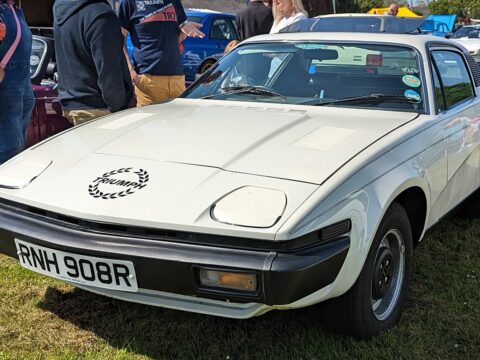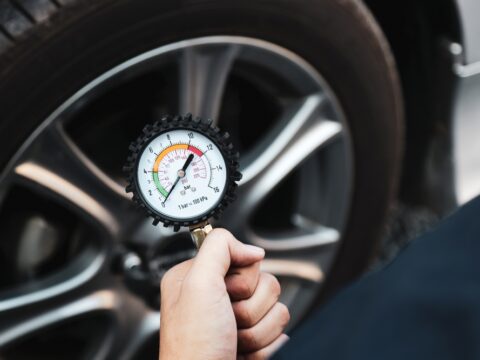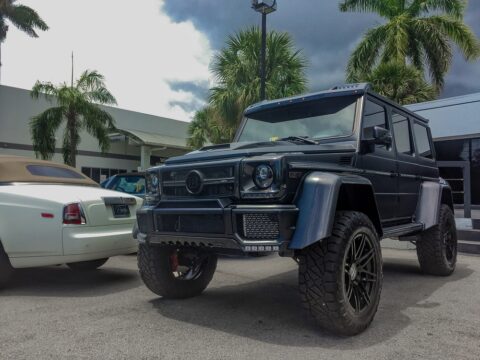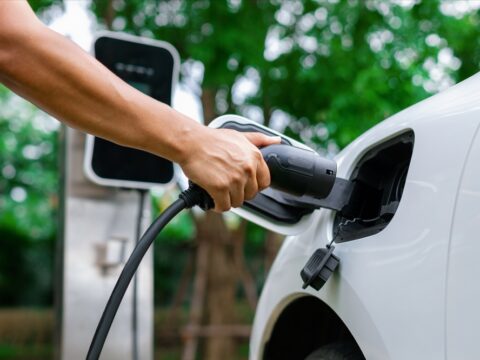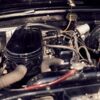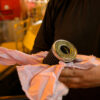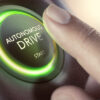When your car sits idle for too long, it’s not just gathering dust—it’s also facing a range of issues that can sneak up on you. From battery drain to tire damage, the consequences of letting your car sit can lead to costly repairs and unexpected problems. Here are 15 things that can happen when your car stays parked for too long.
Contents
Battery Drain
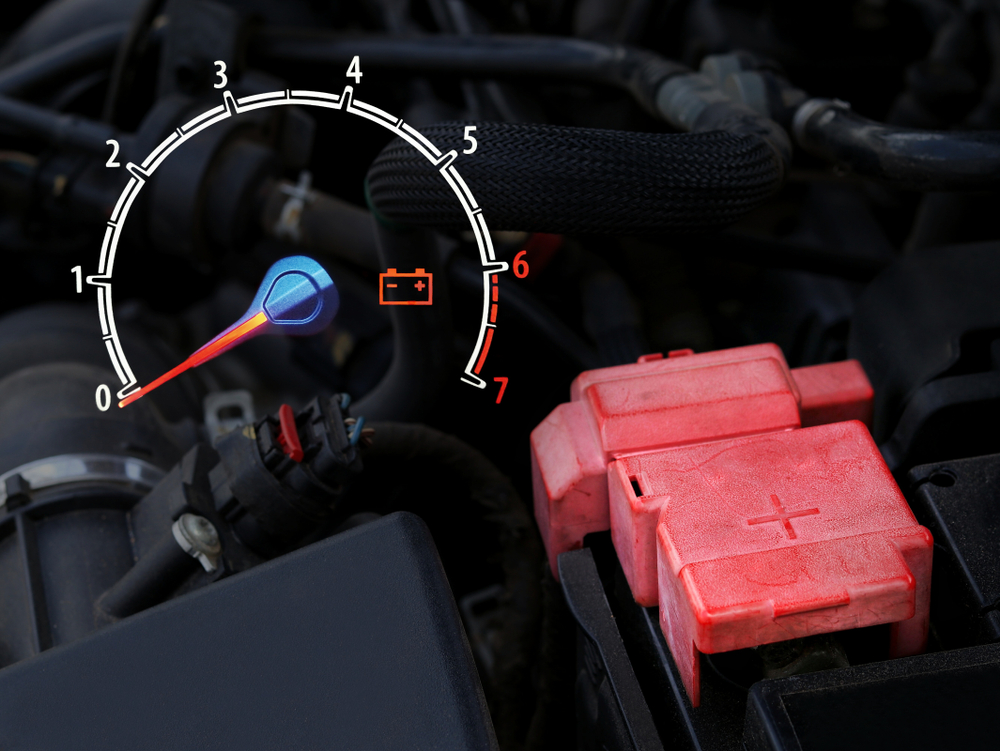
When a car sits idle for too long, the battery gradually loses its charge. Even when the vehicle is off, components like the clock, alarm, and other electronics still draw small amounts of power. Over time, this parasitic drain can deplete the battery, making it impossible to start the car without a jump or replacement. Cold weather can exacerbate this issue, as batteries struggle to maintain charge in lower temperatures.
Tire Flat Spots
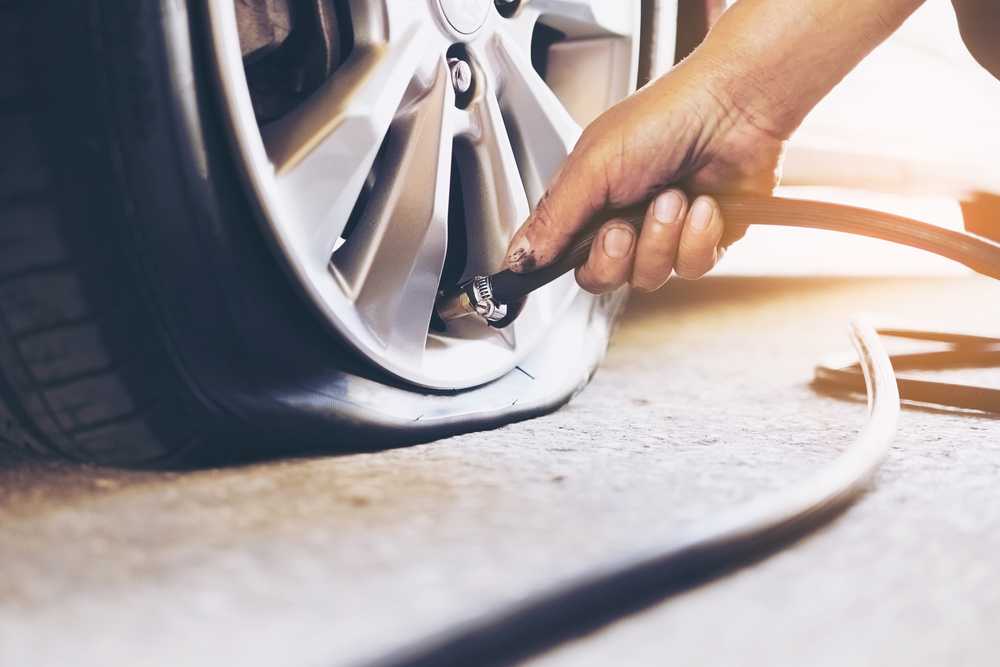
Tires are designed to be in motion, and when they remain in one position for too long, they can develop flat spots where the rubber has been compressed against the ground. These flat spots lead to an uneven ride and can cause vibrations when driving. In extreme cases, the flat spots may become permanent, necessitating the replacement of the tires. This is especially common in older tires or those with low air pressure.
Brake Pad Corrosion
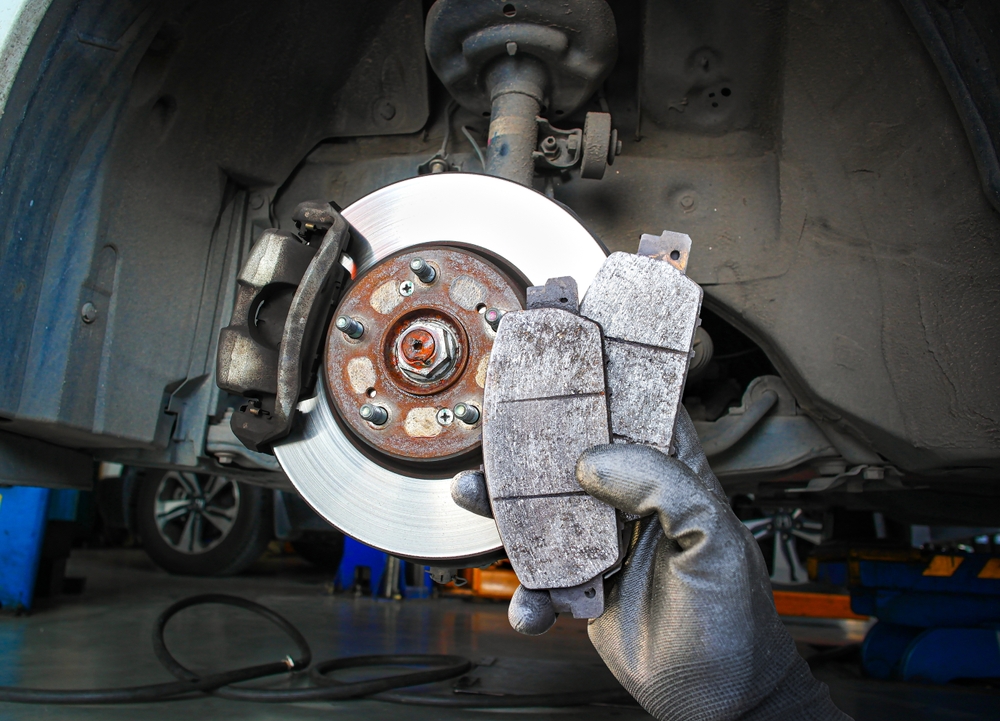
Moisture is the enemy of brake pads, and when a car sits idle, especially in a humid environment, the brake pads can start to corrode. This corrosion can cause the pads to stick to the rotors, reducing braking efficiency and creating a grinding noise when the car is eventually driven. If left unchecked, this can lead to more severe damage to the braking system, requiring costly repairs.
Fuel Deterioration
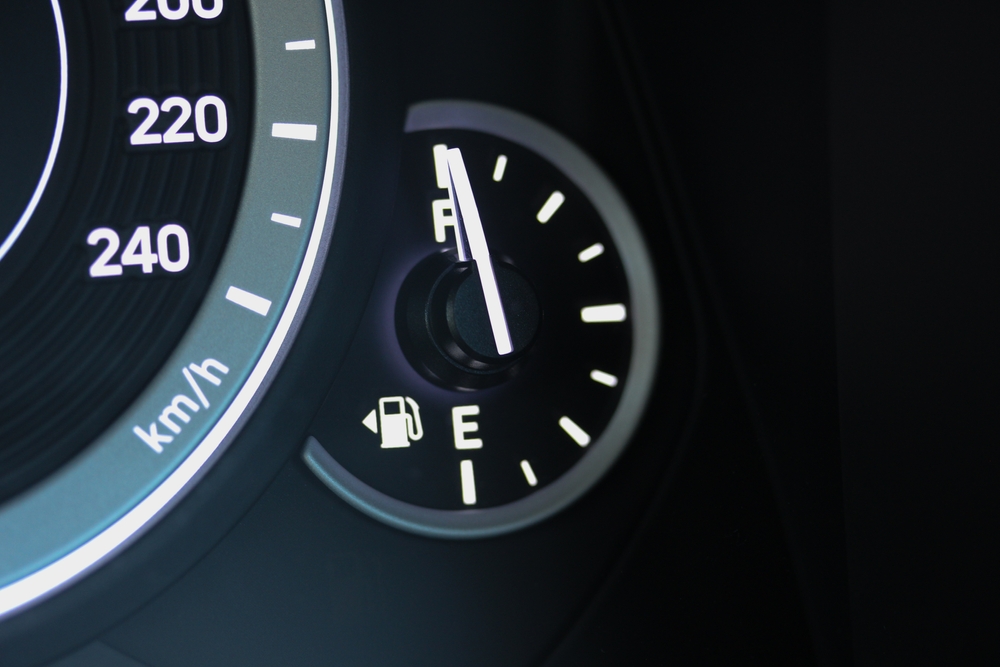
Gasoline doesn’t last forever. Over time, it can degrade, especially when a car sits idle for months. As gasoline ages, it can form gums and varnishes that clog fuel lines and injectors, leading to poor engine performance or even a failure to start. Ethanol-blended fuels can absorb moisture from the air, further exacerbating the problem and potentially leading to phase separation, where water and fuel separate in the tank.
Oil Degradation
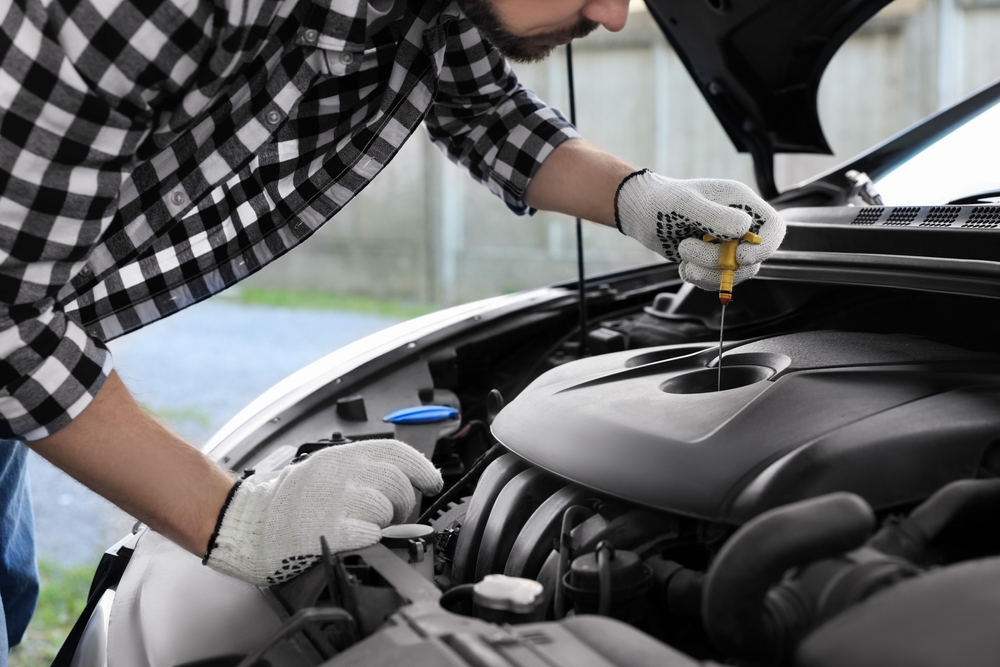
Engine oil is vital for lubricating moving parts, but it can degrade over time, even when the car isn’t being driven. The oil can absorb moisture, leading to sludge formation and a reduction in its ability to protect the engine. This degradation increases wear and tear on engine components, which can lead to expensive repairs. Regular oil changes are recommended, even if the car isn’t being driven frequently, to prevent this issue.
Rust Formation
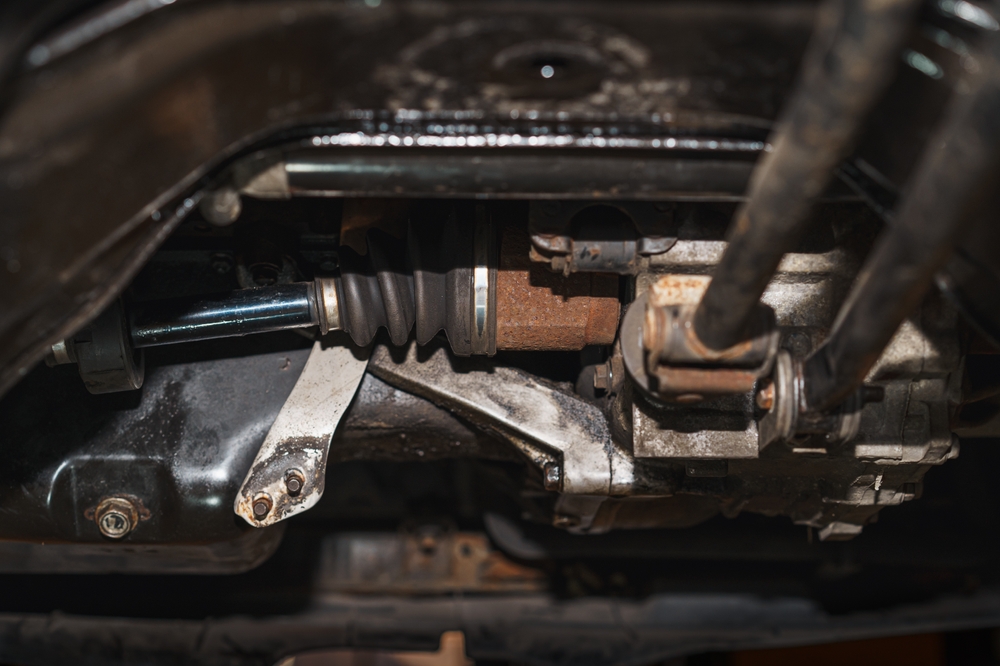
Rust can form on various parts of a car, particularly the undercarriage, when it sits idle for too long. Moisture from the air or ground can accumulate on metal surfaces, leading to oxidation and rust. This is especially problematic in areas where road salt is used, as it accelerates the rusting process. Over time, rust can weaken the structural integrity of the vehicle and cause components like the exhaust system or brake lines to fail.
Fluid Leaks
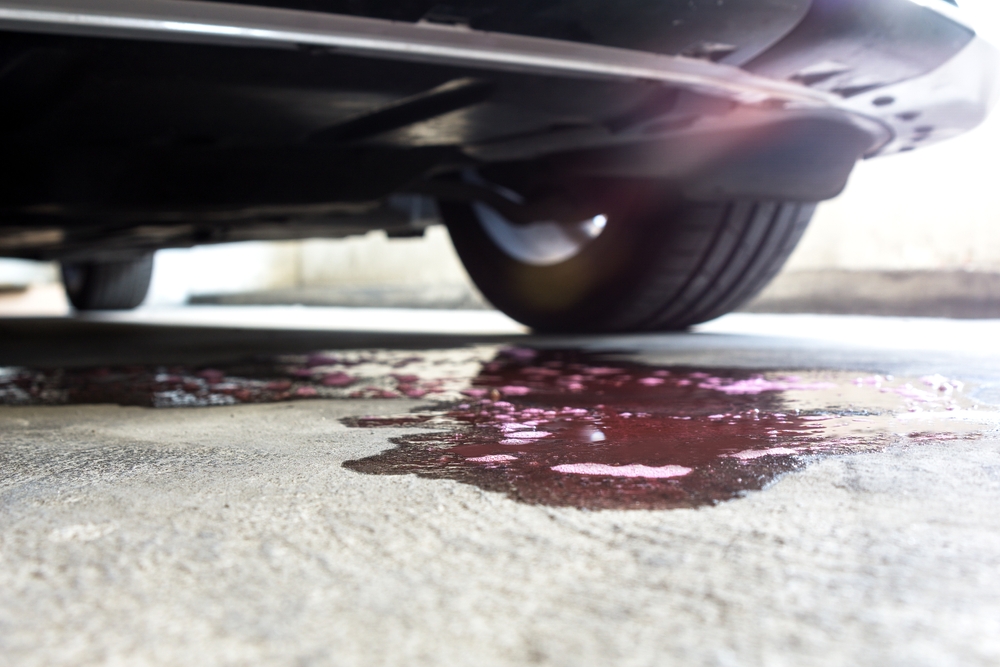
Seals and gaskets are designed to keep fluids contained within the engine, transmission, and cooling systems. However, when a car sits idle for an extended period, these seals can dry out and crack, leading to fluid leaks. This can result in a loss of vital fluids like oil, coolant, or transmission fluid, which can cause engine overheating, poor performance, or even complete mechanical failure if not addressed promptly.
Pest Infestation
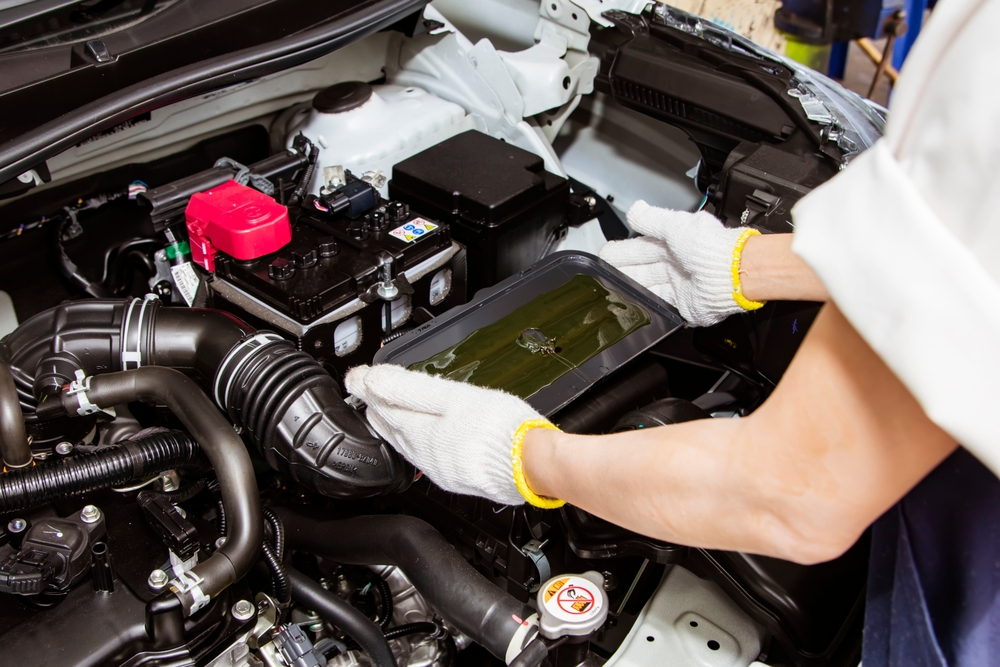
An idle car can become an attractive home for pests like rodents, insects, or birds. Rodents, in particular, are notorious for nesting inside engine compartments, where they chew on wires, insulation, and hoses, leading to electrical issues and leaks. Insects can also find their way into air vents or other small openings, creating blockages or spreading unpleasant odors throughout the vehicle.
Brake Fluid Contamination
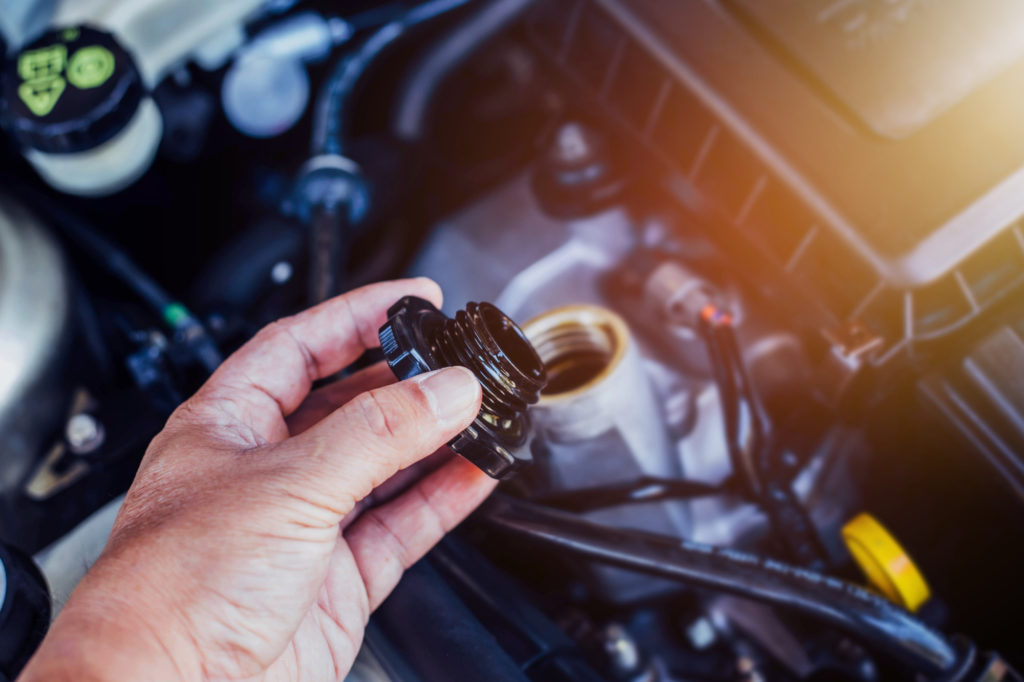
Brake fluid is hygroscopic, meaning it absorbs moisture from the air. When a car sits idle for too long, moisture can accumulate in the brake fluid, reducing its effectiveness. Contaminated brake fluid can lead to a spongy brake pedal and reduced braking power, which can be dangerous if not addressed. Regularly changing the brake fluid, especially if the car isn’t driven often, can help prevent this issue.
Transmission Problems
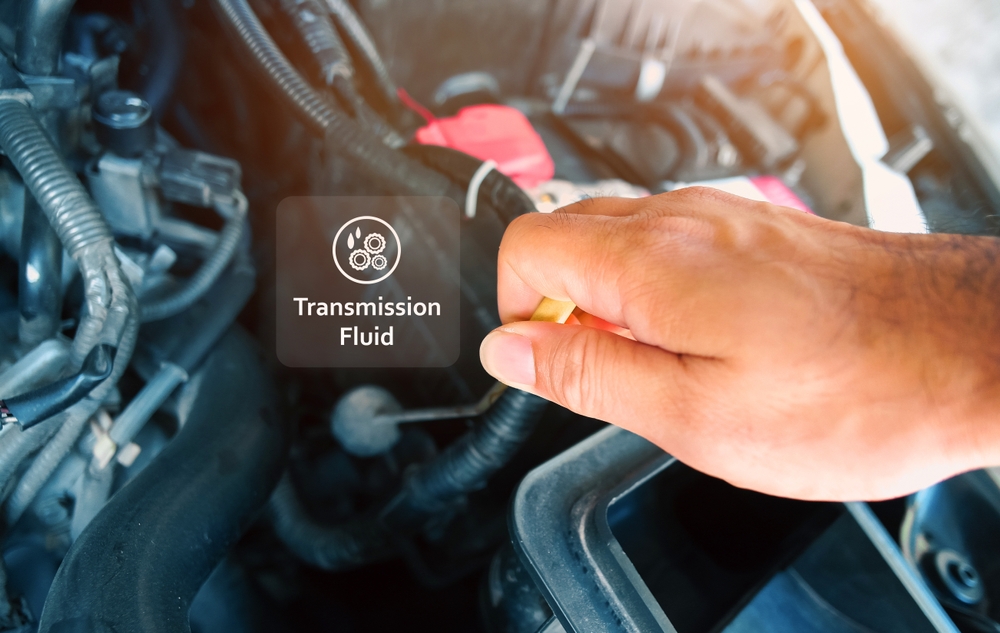
Like engine oil, transmission fluid can degrade over time, even when the car isn’t being driven. This degradation can lead to a loss of lubrication and cooling properties, causing shifting problems or damage to the transmission components. Additionally, seals within the transmission can dry out and crack, leading to leaks. Maintaining proper fluid levels and condition is essential for keeping the transmission in good working order.
Coolant Breakdown
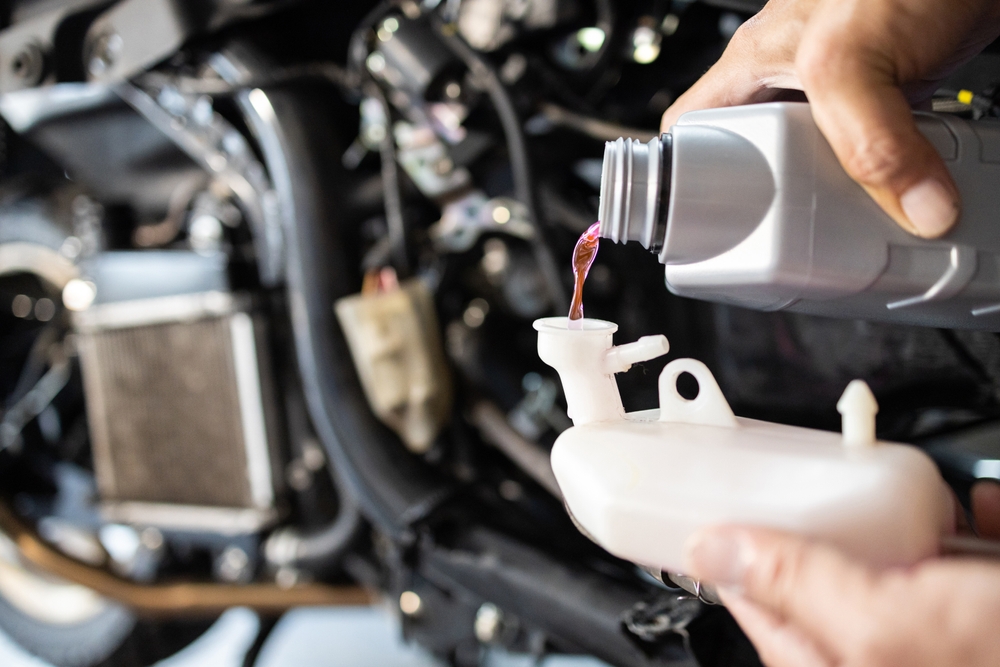
Coolant, or antifreeze, is designed to regulate the engine’s temperature and prevent it from overheating. However, over time, coolant can lose its protective properties, leading to the buildup of scale and corrosion inside the cooling system. This can cause blockages or leaks, resulting in engine overheating or damage. Regularly checking and replacing the coolant, even if the car isn’t driven frequently, is crucial to prevent these issues.
Exhaust System Corrosion
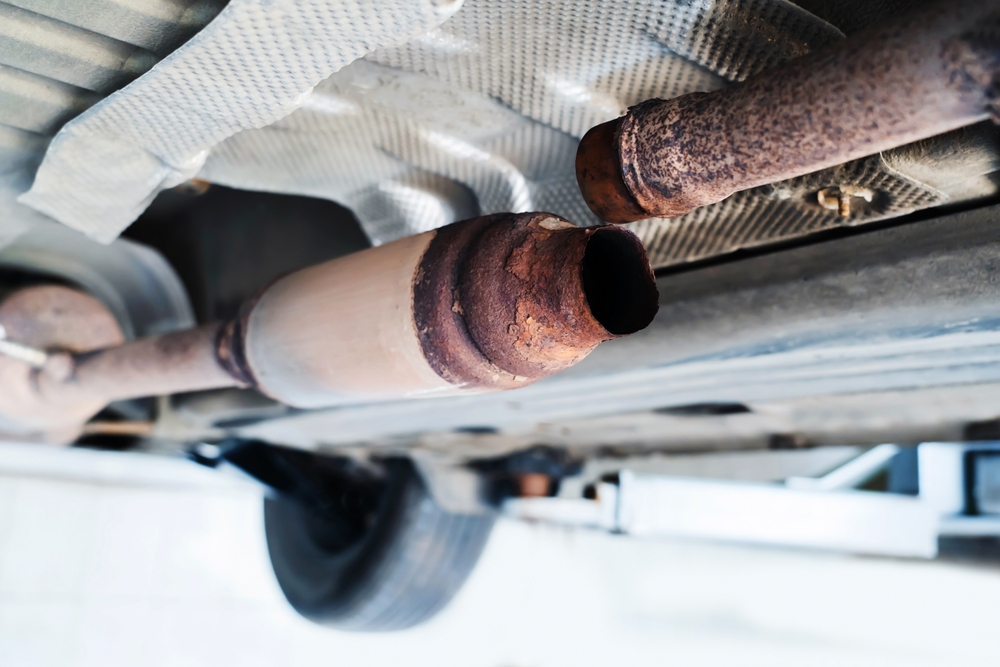
The exhaust system is particularly vulnerable to corrosion when a car sits idle for too long. Moisture can accumulate inside the exhaust pipes, muffler, and catalytic converter, leading to rust and eventually, holes in the exhaust system. This not only reduces the efficiency of the exhaust but can also cause harmful gases to leak into the cabin, posing a safety risk.
Electronic Component Failure
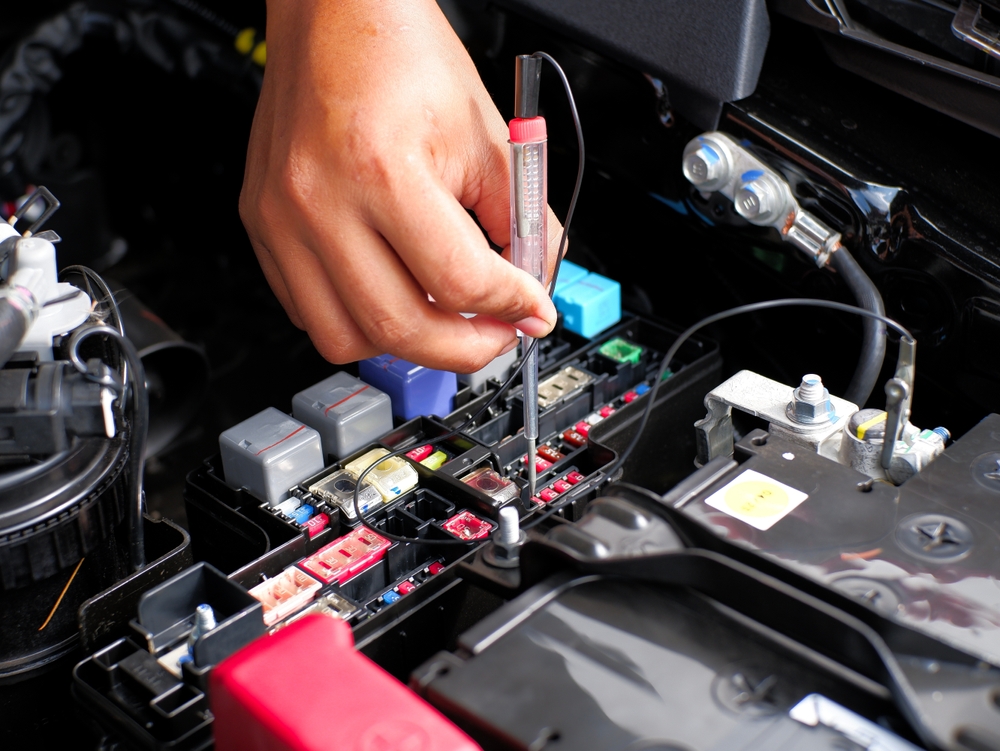
Modern cars rely heavily on electronic components, and prolonged inactivity can lead to their failure. Moisture can seep into electronic systems, causing corrosion and short circuits. Additionally, the battery’s gradual drain can cause the car’s computer systems to lose memory or require a reset. This can result in warning lights on the dashboard or malfunctioning systems when the car is finally started.
Stuck Parking Brake
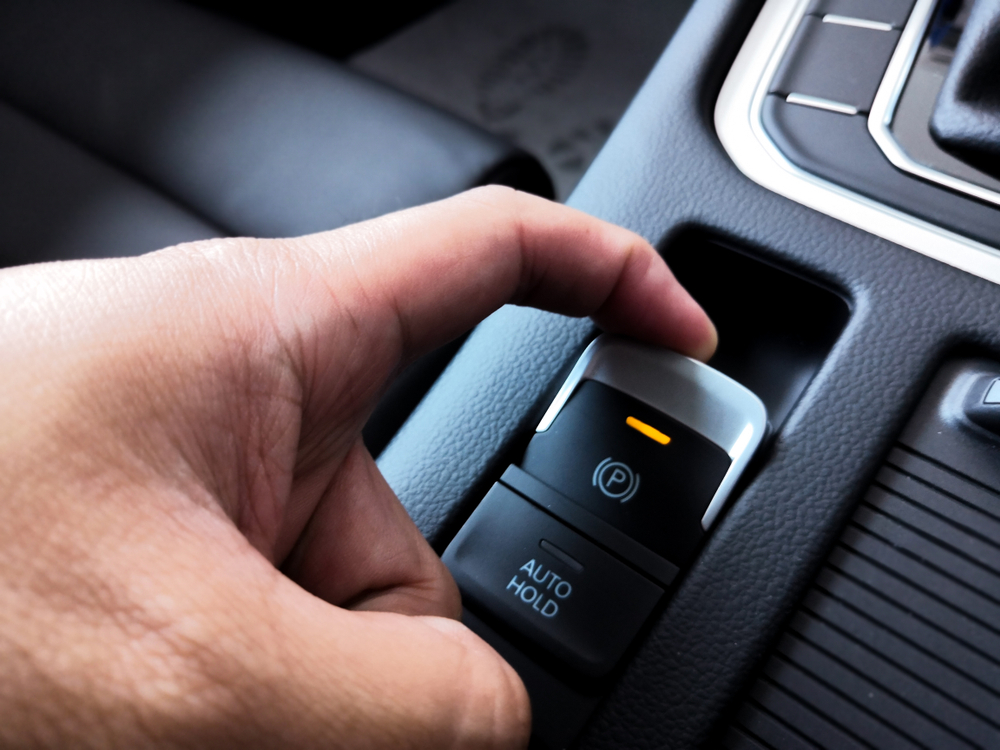
If the parking brake is engaged for an extended period, especially in humid conditions, it can seize up or stick to the brake rotors. This can make it difficult or impossible to release the brake when you need to move the car. In severe cases, it can lead to damage to the brake system, requiring costly repairs. It’s advisable to periodically release and re-engage the parking brake if the car will be idle for a long time.
Paint Damage
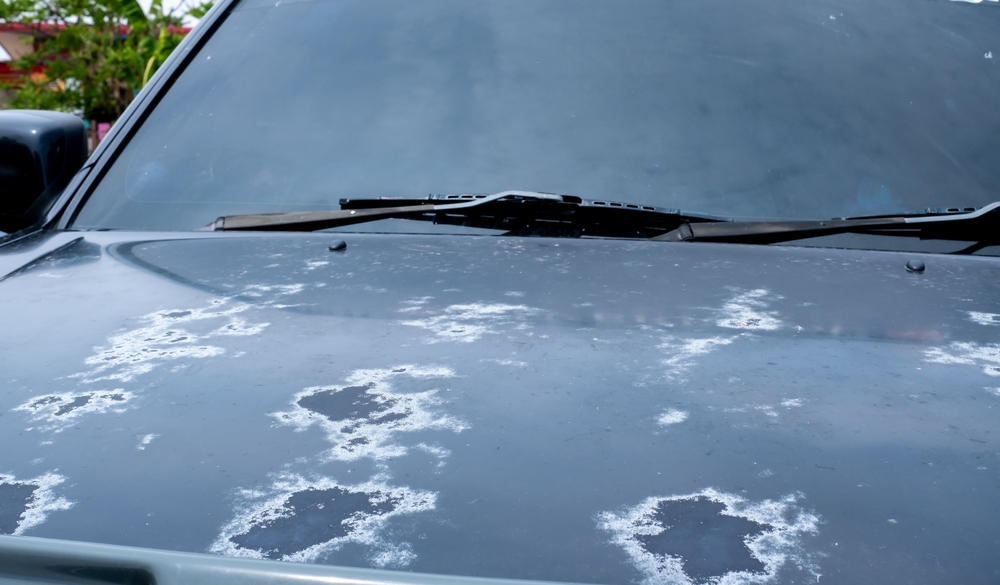
When a car sits idle for too long, its exterior can suffer from various forms of paint damage. Bird droppings, tree sap, and even dust can corrode the paint if not washed off regularly. Prolonged exposure to the sun can also cause the paint to fade and lose its luster, making the car look older and reducing its resale value. Regular cleaning and waxing can help protect the paint from these elements.
This article originally appeared in MyCarMakesNoise.
More from MyCarMakesNoise
20 Rare Classic Cars You`ll Never See on the Road
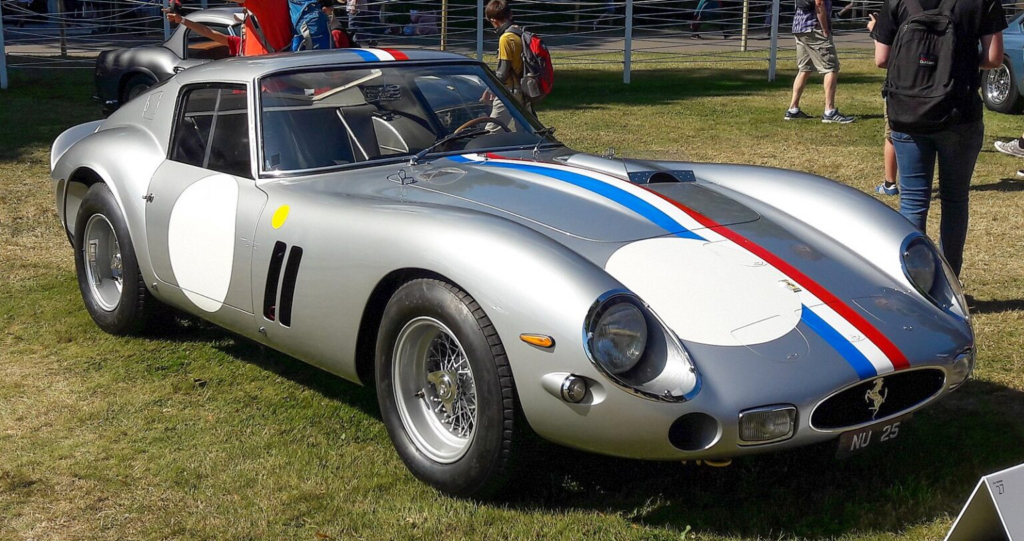
Some classic cars are so rare and iconic that they become legends, rarely seen on the road. These vehicles are not just about speed and power; they represent a blend of exquisite design, engineering marvels, and historical significance. Read More
20 Unusual Products Featuring the Harley-Davidson Brand

Harley-Davidson is renowned for its legendary motorcycles, but the brand’s creativity and craftsmanship extend far beyond the road. From stylish apparel to unique home décor and even custom golf carts, Harley-Davidson has ventured into various unexpected product lines. Read More
The 16 Most Beautifully Engineered Tanks in History

Tanks have played a crucial role in warfare for over a century, showcasing remarkable engineering and design. This article highlights the 16 most beautifully engineered tanks in history, each chosen for its unique blend of innovation, power, and effectiveness on the battlefield. Read More

